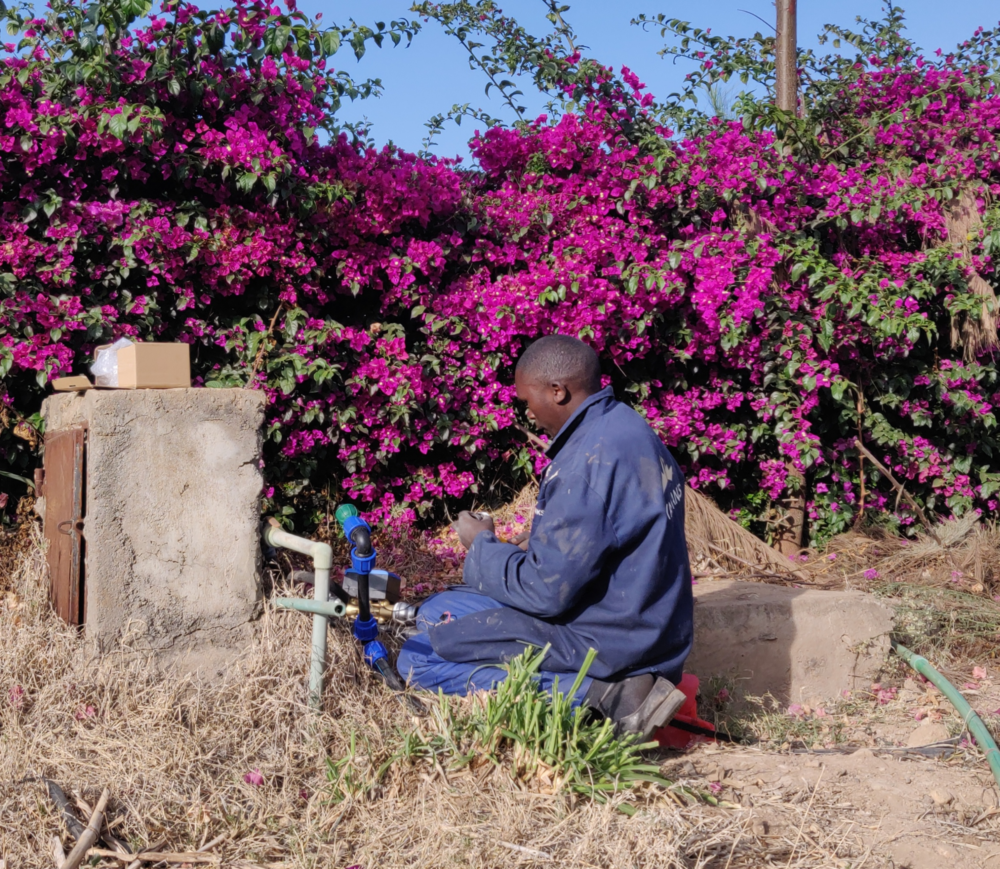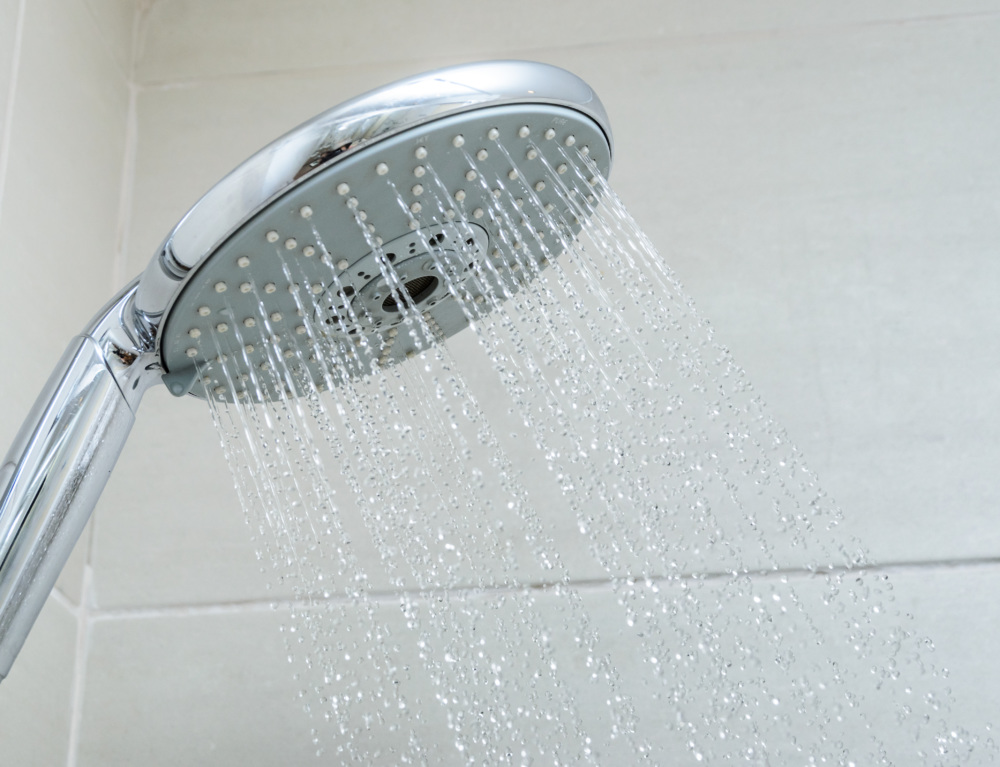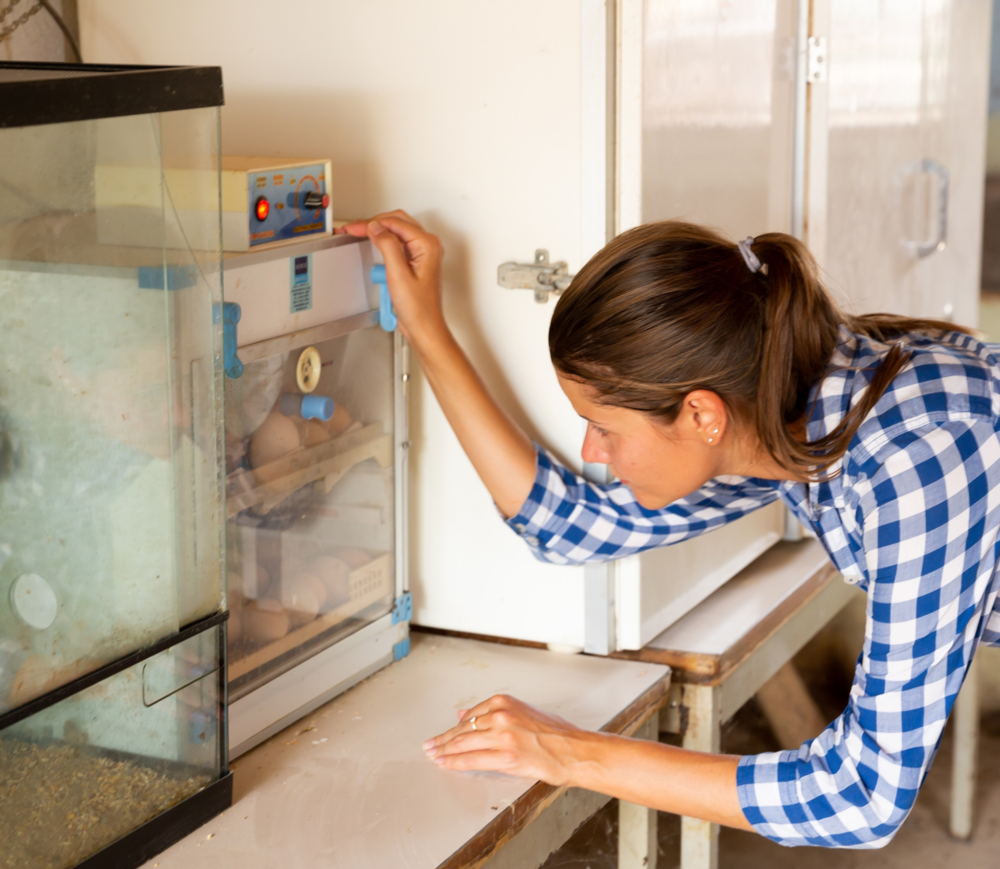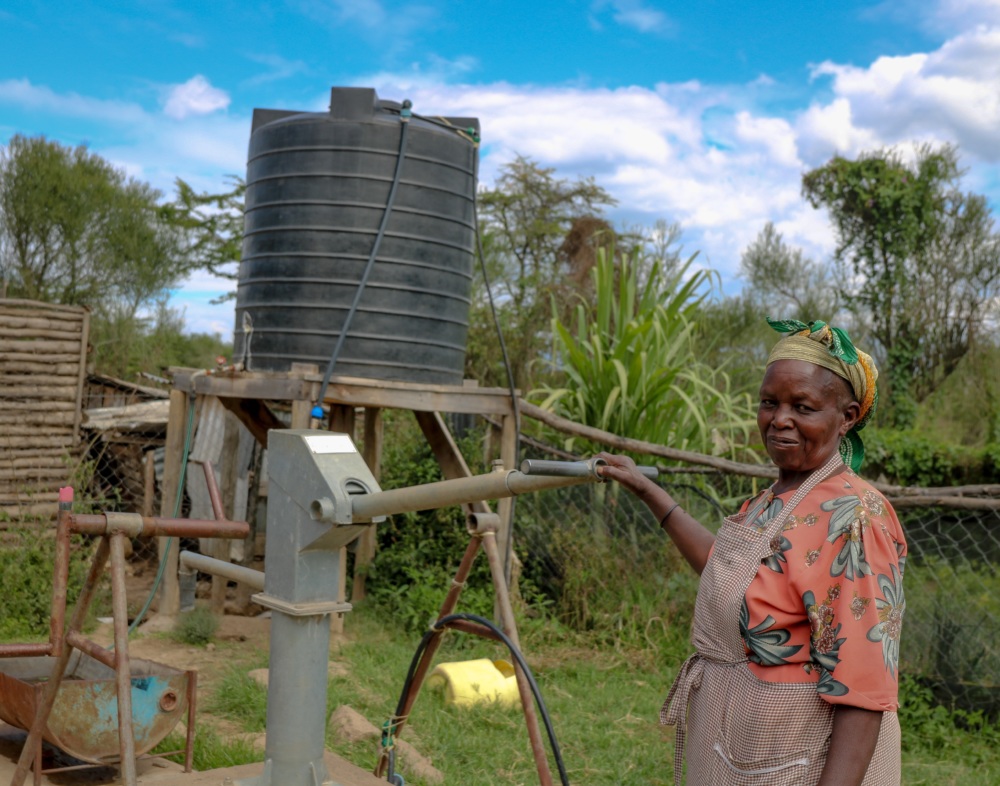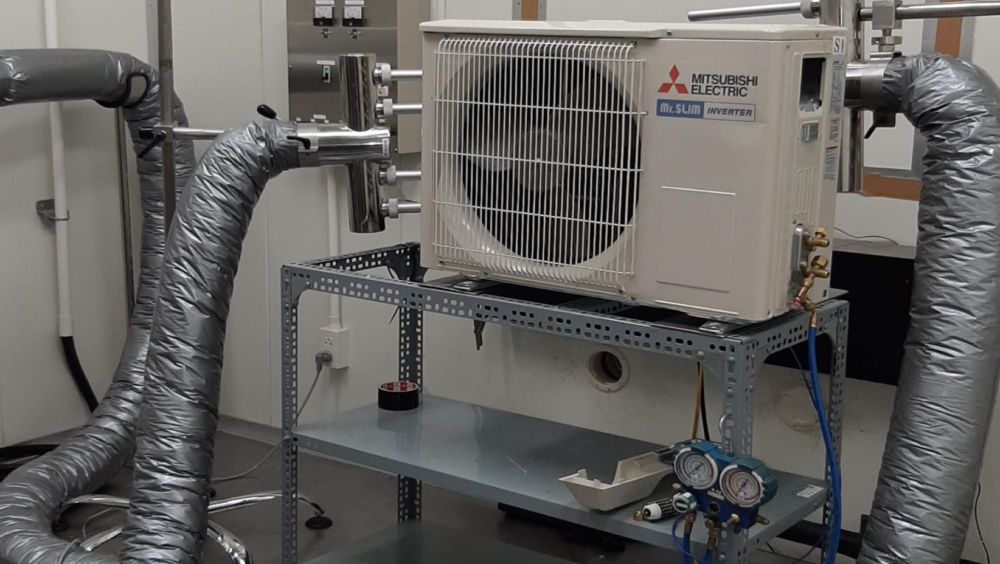Impact of Environmental Factors on Energy Efficiency of Room Air Conditioners in India
Summary
This paper details a preliminary study on the short-term impact of salinity, dust, and humidity on the energy efficiency of a room air conditioner (RAC).
Download Report
Fill out the form below to activate file downloads
The AC market in India is largely dominated by room air conditioners (RAC), which comprised approximately 40% of total cooling energy consumption in 2017-2018. Though RAC penetration in households in India is currently only 8%, rising incomes, urbanization and increasing temperatures are expected to raise RAC ownership to 40% in 2037-38. While access to cooling remains an important issue, such an increase in ownership would correspond to a significant increase in power and peak load demand and greenhouse gas (GHG) emissions. It is therefore crucial to present efficiency policies that accurately improve the environmental performance of RACs to safeguard access while reducing environmental impact.
Energy efficiency policies for appliances are one of the most cost-effective methods to reduce electricity consumption and greenhouse gas emissions. India’s Bureau of Energy Efficiency (BEE) initiated a labeling program for RACs in 2006, and periodically revised the program to establish performance levels and increase efficiency in accordance with the Indian Seasonal Energy Efficiency Ratio (ISEER)—which accounts for temperature variance across the various climatic zones in India. In order to determine these performance levels, BEE tests RACs at standard-rated conditions. However, under actual operating conditions, the RAC is exposed to several adverse climatic conditions such as polluted ambient and saline conditions around coastal areas which can impact energy performance.
There is little information or data available in the public domain that explores how exposure to numerous environmental conditions impacts the efficiency of a RAC. This paper details a preliminary study on the short-term impact of salinity, dust, and humidity on the energy efficiency of an RAC. After testing a representative sample of products across brand, category and type, findings from a nationally accredited laboratory indicate that none of the conditions, individually or combined, had any significant effect on energy performance. This paper presents an overview of the methodology employed and discusses key findings, presenting options for future research in assessing the impact of external environmental conditions.

